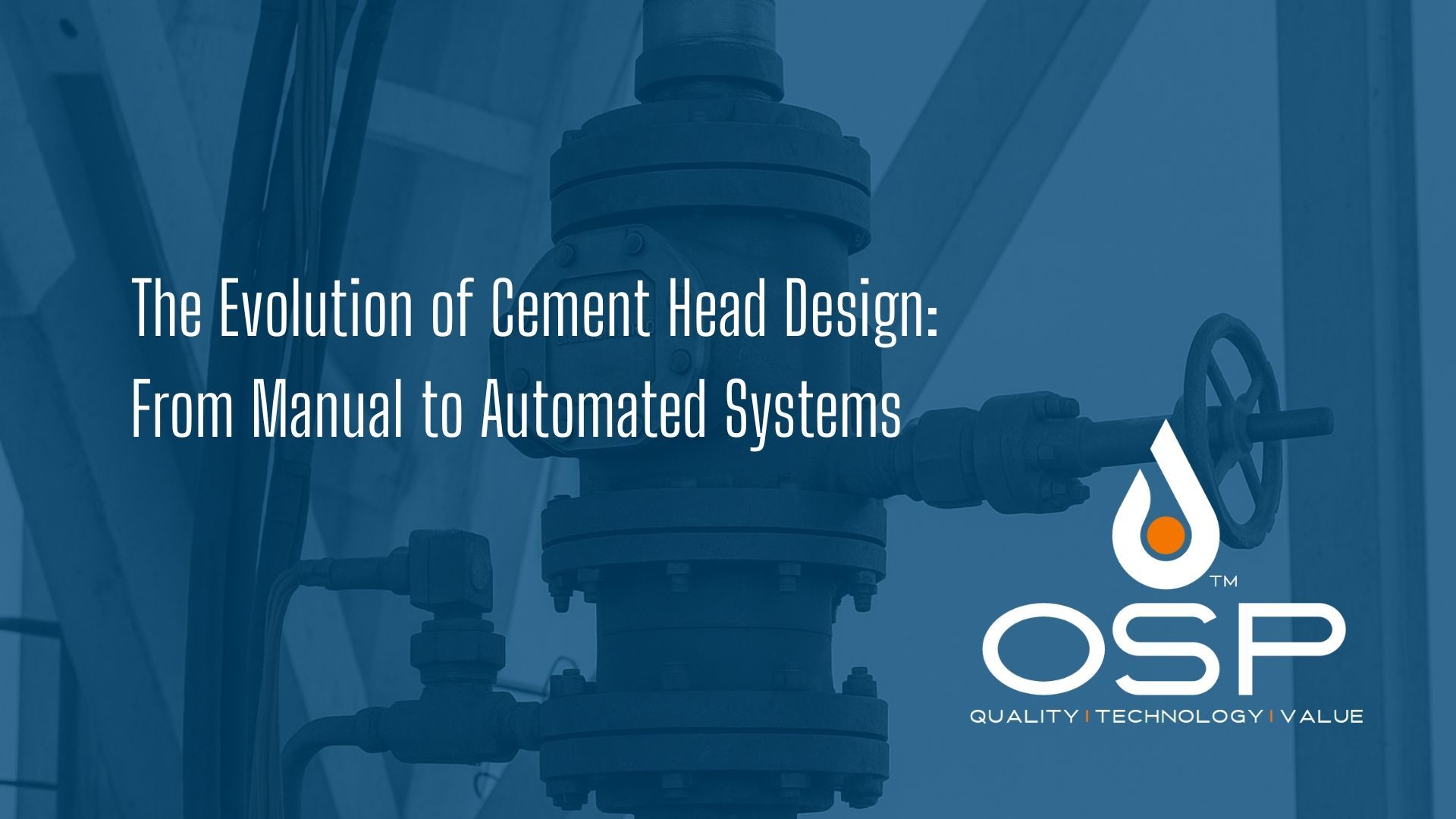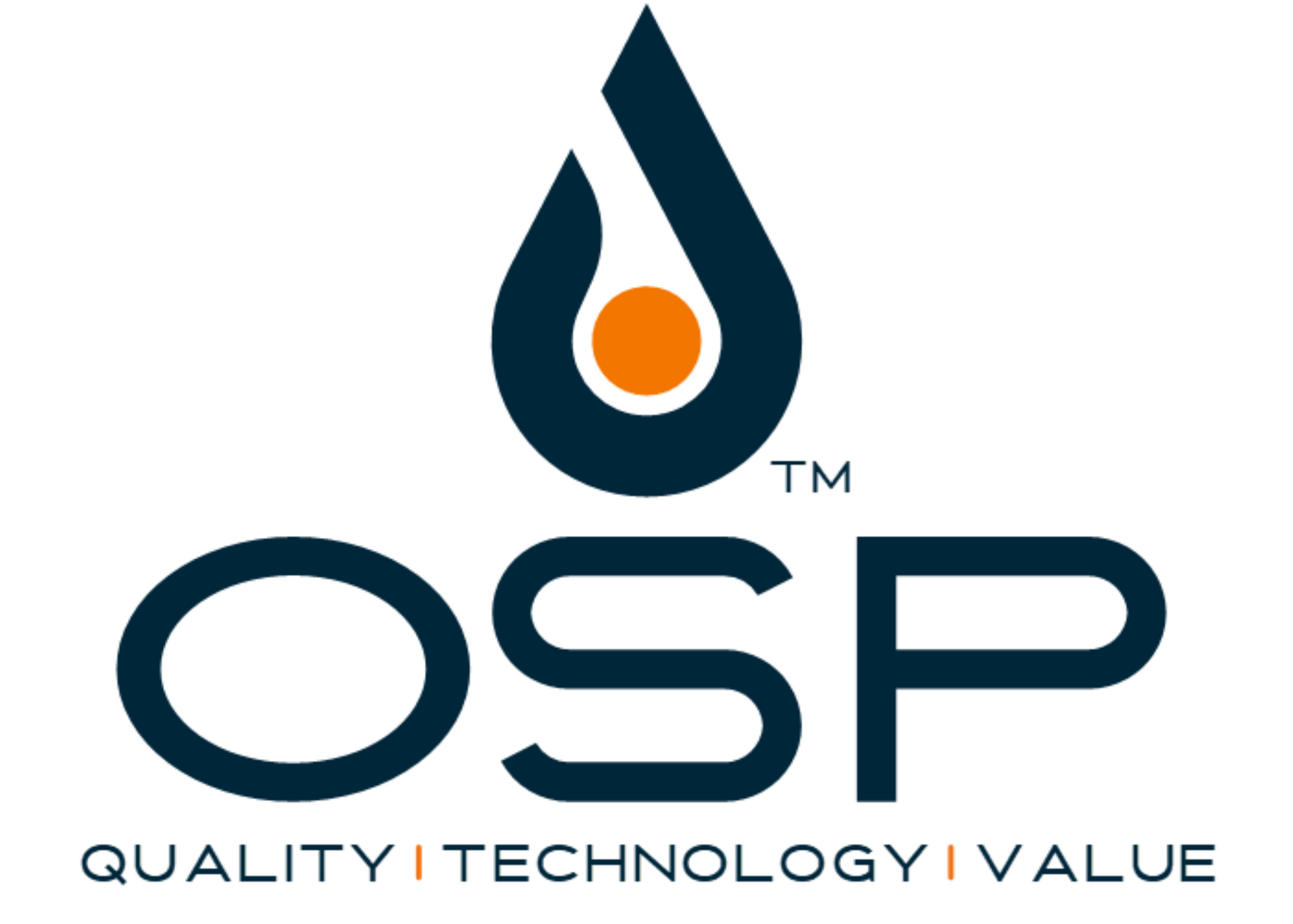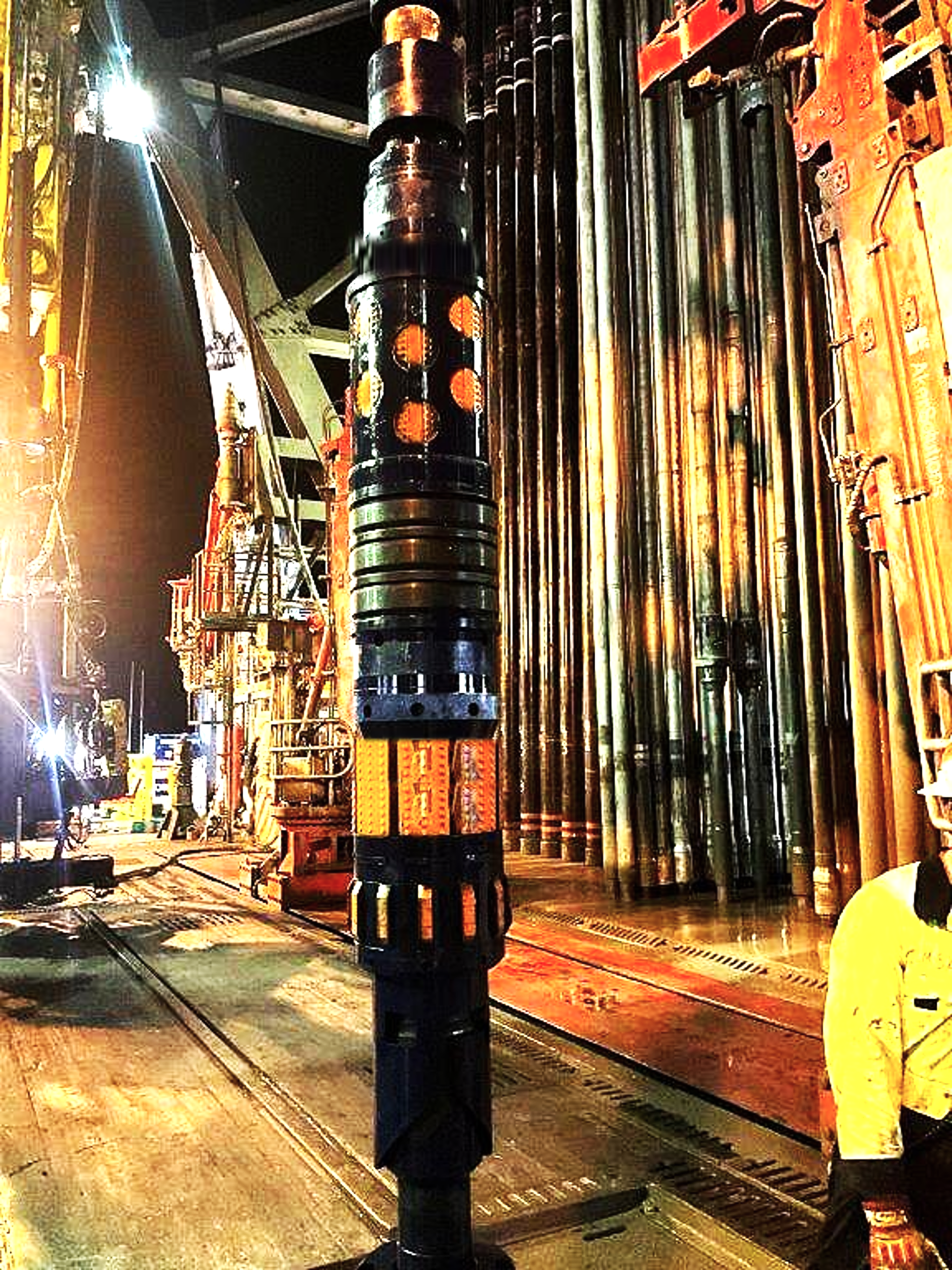Innovative Solutions Driving Efficiency and Performance in Multi-Stage Fracturing

At OSP, we take pride in helping our clients tackle the most complex challenges in the oil and gas industry. Multi-stage fracturing, especially for unconventional wells, is one of those challenges. These operations are critical for unlocking the potential of tight formations, but they also require precision, efficiency, and innovative tools to succeed. That’s where we come in.
Our advanced completion tools are transforming the way multi-stage fracturing is done. By simplifying processes, enhancing control, and optimizing outcomes, we’re helping operators maximize their resources and improve performance. Let me share with you how we’re revolutionizing these operations.
Understanding the Complexity of Multi-Stage Fracturing
Unconventional wells, such as those in shale formations, present unique challenges. Multi-stage fracturing is an essential process to stimulate these wells and maximize hydrocarbon recovery. However, traditional methods often involve complicated setups and time-consuming operations, leading to inefficiencies and increased costs.
At OSP, we’ve designed our completion tools to address these pain points. We understand that operators need solutions that streamline operations without sacrificing precision. That’s why we’ve developed tools that simplify multi-stage fracturing, giving operators more control and delivering better results.
How Our Tools Simplify and Optimize Multi-Stage Fracturing
1. Simplified Operations
One of the things I’m most proud of is how our tools make multi-stage fracturing easier to execute. Traditional approaches often involve numerous components and complicated procedures that increase the risk of delays and errors. We’ve engineered our tools to be user-friendly, with plug-and-play designs that allow for quick deployment.
This simplicity not only speeds up operations but also reduces the need for extensive training. Operators can focus on getting the job done efficiently, without being bogged down by overly complex equipment.
2. Precision and Control
Precision is non-negotiable when it comes to multi-stage fracturing. Our tools are designed to provide exceptional control over each fracturing stage. By isolating specific zones with precision, operators can ensure even stimulation, maximizing the reservoir’s contact area and recovery potential.
Our tools also incorporate real-time monitoring capabilities, giving operators instant feedback on performance. This level of control helps optimize outcomes and reduces the risk of over- or under-stimulation.
3. Efficiency and Cost Savings
Efficiency is at the heart of everything we do. We know how costly delays and inefficiencies can be, which is why our tools are built to streamline workflows and reduce downtime. By automating key aspects of the fracturing process, we help operators save valuable time and resources.
Additionally, our tools are designed for reliability and durability, minimizing the risk of equipment failures. This not only ensures smoother operations but also translates into significant cost savings over time.
What Makes Our Tools Stand Out
Our completion tools come with features that truly set them apart:
- Modular Configurations: Flexible designs that adapt to various well conditions and formations.
- Advanced Sealing: High-quality sealing mechanisms ensure effective zone isolation, a critical factor for successful multi-stage fracturing.
- Real-Time Data Integration: Built-in sensors provide continuous insights, allowing operators to monitor and adjust operations on the fly.
- Sustainability Focus: We’re committed to reducing the environmental footprint of fracturing operations by integrating eco-friendly designs into our tools.
Why Choose OSP for Multi-Stage Fracturing
What truly drives us at OSP is the desire to provide solutions that make a real difference for our clients. We don’t just offer tools; we offer a partnership. Our advanced completion tools are the result of years of research, development, and real-world testing. We’ve seen how they can transform operations for our clients, and we’re excited to bring that same success to your projects.
By choosing OSP, you’re not just getting reliable, innovative tools—you’re getting the support and expertise of a team that’s dedicated to helping you succeed. We’re here to ensure that your multi-stage fracturing operations are not only efficient but also effective in achieving your production goals.
Let’s Shape the Future Together
At OSP, we’re passionate about what we do, and we’re proud to lead the way in revolutionizing multi-stage fracturing for unconventional wells. If you’re looking for tools that simplify operations, enhance control, and deliver exceptional results, we’d love to partner with you.
Explore how our advanced completion tools can make a difference in your operations. Visit OSP to learn more or reach out to us directly. Together, we can unlock the full potential of your wells and shape the future of oil and gas.
Eliminating Downtime in HPHT Wells: How OSP’s Modular Drillable Barriers Are Solving Costly Deepwater Challenges
Meeting the Demands of Modern Wells

When Downtime Becomes the Real Enemy
In deepwater drilling, operators often talk about pressure, temperature, and depth as the ultimate tests of a well. But ask any drilling manager where the real pain lies, and you’ll often hear a different answer: non-productive time (NPT).
Every hour of rig time offshore costs tens to hundreds of thousands of dollars. When conventional drillable barrier systems fail to hold under high-pressure, high-temperature (HPHT) conditions, the price is steep: sidetracks, delayed completions, and strained budgets.
This is the problem Oilfield Service Professionals (OSP) set out to solve. The result is a suite of modular, field-proven tools BarrierPro™, SqueezePro™, and MultiPro™ engineered specifically for HPHT environments. By addressing the core limitations of traditional systems, OSP is helping operators reclaim efficiency, reduce risk, and protect margins.
The Pain Points of Conventional Systems
Operators drilling into the Lower Tertiary Gulf of America (GoA) or similar HPHT environments face a consistent set of challenges:
- Unreliable conveyance through Tieback Receptacles (TBR): Conventional plugs often struggle to pass-through casing ID transitions, leading to poor isolation.
- Limited adaptability: Most systems are designed for narrow use cases, forcing operators to carry large inventories of specialized BHAs.
- High drill-out times: Ferrous-heavy designs increase flat time during plug removal.
- Premature setting risks: Complex geometries can trigger failures before plugs reach depth.
The operational consequences are significant: costly contingency sidetracks, delayed production, and increased HSE exposure.
The Solution: A Modular, Field-Tested Suite
BarrierPro™ – Reliability at Depth
BarrierPro™ is a cast-iron retainer/bridge plug rated to API 11D1-V3 for 15,000 psi differential pressure. Its enhanced slip-retention system eliminates the need for composite bands or slotted segments, enabling superior anchoring and performance in HPHT wells.
Key benefits:
- Dependable sealing in complex high pressure environments
- Reliable conveyance through TBR transitions.
- Qualified barrier at 15,000 psi differential.
- Seamless integration with OSP’s MultiPro™ setting platform.
SqueezePro™ – Cement Assurance Simplified
For cement remediation and annulus repair, SqueezePro™ offers semi- and fully-composite designs that deliver sealing integrity while dramatically reducing drill-out times.
Key benefits:
- Rapid drill-out, reducing rig time.
- Reliable isolation for cementing operations.
- Seamless integration with OSP’s MultiPro™ setting platform.
MultiPro™ – Deployment Versatility
The MultiPro™ system is a field-convertible setting platform. Compatible with mechanical, hydraulic, and wireline deployment, it reduces tool OD and length for easier clearance through tight geometries.
Key benefits:
- One system adaptable across casing sizes and grades.
- Inventory simplification.
- Improved annular clearance and faster drill-out efficiency.
Case Study 1: 31,000-ft Micro-Annulus Remediation
An operator in the Gulf of America faced severe micro-annulus issues in a 15,000 psi-rated well at 31,000 ft. Traditional tools had repeatedly failed to seal across TBR transitions.
OSP solution:
- Deployed BarrierPro™ with custom centralizer to ensure smooth passage through restrictions.
- Achieved a successful set at 31,000+ ft.
- Barrier passed API 11D1-V3 validation testing.
Results:
- Single-trip remediation completed successfully.
- NPT reduced significantly.
- Well integrity restored without sidetrack.
Case Study 2: Record-Setting 34,000-ft Barrier Installation
In another GoA project, an operator attempted to install a barrier at 34,000 ft—a record-setting depth with more than 850 premium casing connections. Competing tools had failed repeatedly.
OSP solution:
- Deployed BarrierPro™ Hydra-Set™ with CleanPro™ scraper.
- Combined scraper and barrier deployment in a single trip.
Results:
- First successful barrier set at 34,000 ft.
- Post-installation test exceeded 10,000 psi.
- No seal or setting failures.
- Operator avoided contingency sidetrack and costly delays.
The Value Delivered
The OSP Drillable Technology Suite provides measurable operator benefits:
- Reduced NPT: Faster deployment and drill-out save rig time.
- Risk Mitigation: Reliable sealing reduces likelihood of remedial work.
- Inventory Simplification: Modular system lowers logistical burden.
- Operational Flexibility: Multiple deployment options accommodate unpredictable downhole environments.
- Proven Reliability: Field data validates performance in the most extreme HPHT wells.
Turning Downtime into Uptime
The industry can’t afford the inefficiencies of legacy barrier systems. With field-proven tools like BarrierPro™, SqueezePro™, and MultiPro™, OSP delivers what operators need most: reliable performance in the harshest environments, fewer unplanned trips, and measurable reductions in NPT.
In short, OSP is transforming downtime into uptime, protecting both well integrity and operator economics in HPHT drilling.








